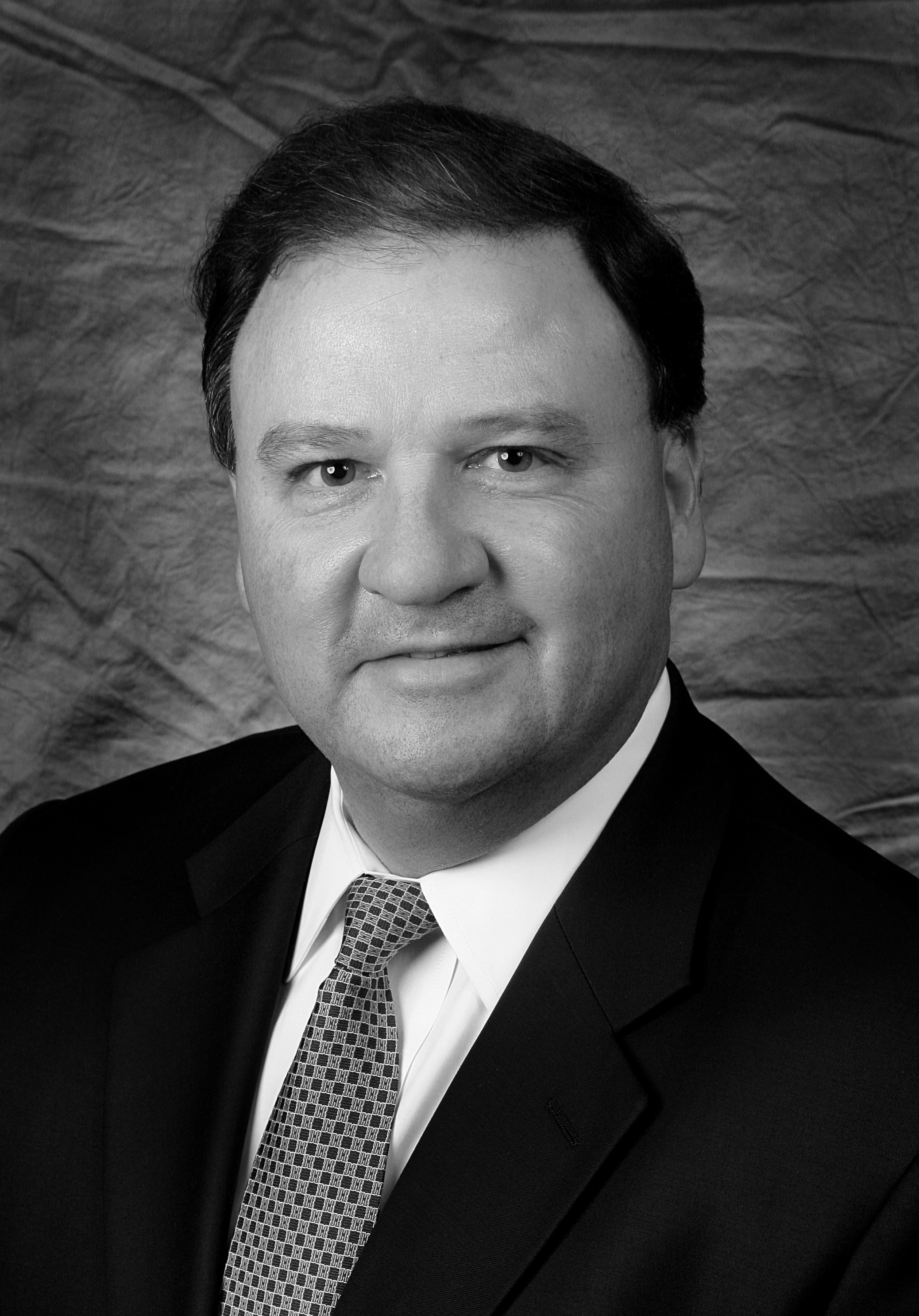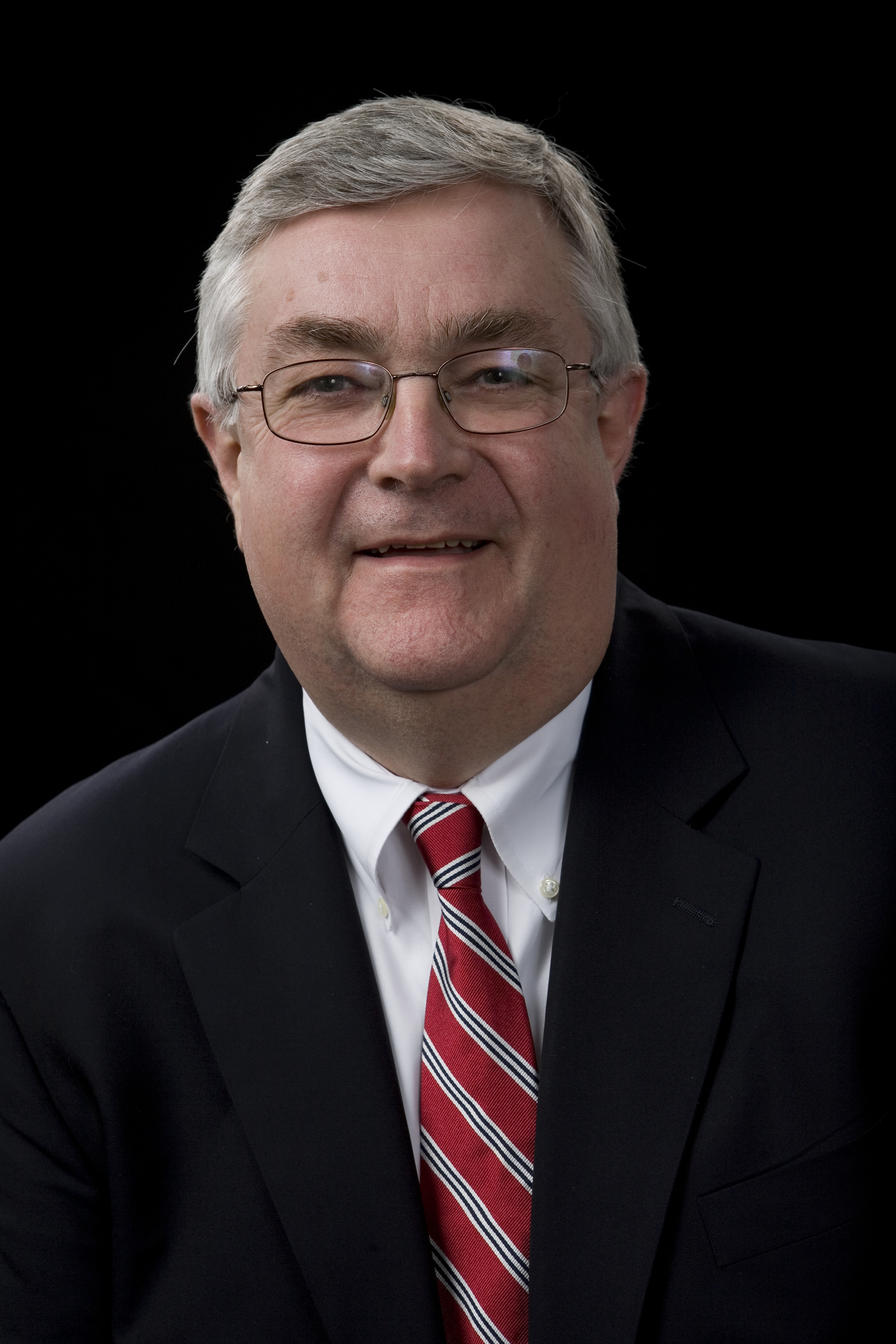An industry rife with change, healthcare is presenting a flurry of opportunities and obstacles for ASCs. Kenny Hancock, president and chief development officer of Meridian Surgical Partners, and Barry Tanner, CEO of Physicians Endoscopy, divulge what they've seen in the industry so far in 2016 and what ASCs are up against with the start of the new year.
1. Physician-owned ASCs are seeking partners. Hospitals may increasingly enter strategic partnerships with ASCs to boost services, patient volume and physician relations. Mr. Hancock notes hospital-sponsored ACOs will turn to ASCs to enhance population management initiatives and cut costs.
"Joint ventures (three-way partnerships between the ASC, hospital, and physicians) can be a win-win-win scenario depending on the market dynamics and project scope," says Mr. Hancock.
Through a partnership:
- An ASC retains a solid patient volume, with an opportunity to increase revenue from an integrated referral base. Additionally, the partnership offers an ASC greater positioning for managed care negotiation and entrance into additional networks.
- A physician may expand or diversify his or her revenue opportunities as well as meet additional patient needs.
- A hospital is able to offer additional or boost service lines.
- Patients are allotted more power in choice and reduce their out-of-pocket costs.
Ideally, independent practices want to maintain autonomy while also leaning on a third party for financial and resource expertise, allowing them to thrive in the independent practice setting. A joint venture with a management company will provide physicians with this security.
More physician-owned GI ASCs are looking to partner with third-party management companies or hospitals for guidance, security, data collection and analysis as well as collaboration in delivering value-based care.
"The data and other resources necessary to deliver value-based care over a sustained period while remaining financially viable as an independent practitioner will demand the collaboration of multiple skill-sets, both clinical and non-clinical, and most physician practices do not on their own have the wherewithal to make it happen," says Mr. Tanner.
2. Payers are turning to ASCs. Payers are increasingly seeking shared-savings models as well as shifting risk. Mr. Hancock identifies bundled payments as an opportunity for ASCs to "align incentives with payers to ensure greater patient access and participation within evolving specialized networks focused on greater efficiency and accountability."
Additionally, payers are teaming up with providers who are actively involved through the continuum of care. Successful providers will be just as focused on clinical outcomes as cost management.
"They are looking for physicians and facilities to participate in accountable care organizations, patient-centered medical homes and even broader population management initiatives," notes Mr. Hancock.
In the GI segment, third-party payers are demonstrating an enhanced effort to refer members to free-standing ASCs instead of hospital outpatient departments. The payers are doing so by shifting more of the financial burden to patients who seek care in a costlier setting. Although not exactly a novel trend, Mr. Tanner says Physicians Endoscopy has "perceived that there has been a doubling down of effort in this regard."
3. Patient volumes remain unusually high in GI centers. Looking to the pattern of the previous three to five years, the ASC GI/endoscopy segment patient volume has tended to drop in the first quarter and gain some steam in the second quarter. The third and fourth quarters would see a strong patient volume rebound.
"Historically, we have attributed this patient volume pattern to the substantial changes in individual health insurance, most particularly the trend toward and prevalence of high-deductible insurance plans which might have dissuaded patients from accessing preventative care in the early months of the year," explains Mr. Tanner.
In 2016, however, GI/endoscopy ASCs have seen unusually high patient volumes throughout the year. Mr. Tanner attributes this year's strong patient volume to the trend of patients choosing not to postpone preventative care; a trend he believes will continue.
4. Migration of high-acuity orthopedic and spine cases to ASCs. The ASC setting has received a boost in high-acuity orthopedic and spine cases. In August, CMS proposed eight new spine codes to the ASC payable list in 2017.
These recently proposed codes build off CMS' addition of nine spine procedures in 2015 and four more in 2016 to the ASC payable list. Commercial payers followed in providing reimbursement in the outpatient setting.
Spine started its migration to the outpatient landscape more than eight years ago, but total joints are catching up, with many ASCs implementing total joint replacement programs.
Mr. Hancock noted advancements in minimally invasive technology, pain management and anesthesia have paved the way for the shift to outpatient. Physician training, patient education as well as rapid recovery and home health models have also supported the transition of these procedures to ASCs.
In 2017, the industry will likely see the continued migration of high-acuity surgery cases in spine and TJR as well as a boost in cardiology cases.
"Higher-acuity cases including spine, total joint replacement and cardiology continue to be the most profitable for ASCs and provide the most cost savings for patients and payers," says Mr. Hancock. "Many other subspecialties continue to be complementary specialties such as: ENT, general, GI, ophthalmology, pain management and urology."
5. Location is relevant to success, in some scenarios. ASCs only increase their convenience factor when positioning themselves close to physicians' practices, the local medical district or hospitals. This proves especially true if an ASC is seeking to recruit physicians to the center, says Mr. Hancock.
ASCs close to a main intersection or highway receive extra advertising, but center access is more crucial. That is, will patients struggle to find it if it's located in a medical office building? "All of these play a role in how the ASC is perceived in terms of convenience," Mr. Hancock explains.
He emphasizes real estate as a crucial consideration when planning the development of a new ASC as well as population growth trends and market demographics.
6. Challenges ASCs will face in the new year. Heading into 2017, Mr. Hancock anticipates ASCs will take on the following obstacles:
- Dwindling referral sources because of hospital employment and ASC consolidation
- Compliance issues
- Demand for EMR implementation and advanced analytics taking away from case time
- High deductible plans discouraging patients from undergoing elective procedures
- Commercial payers slashing ASC reimbursement rates
- Difficulty in negotiating for fair contract rates in-network
7. Shifting healthcare landscape. ASCs will see a new operating landscape as payers continue creating narrow provider networks. In 2017, the industry will likely witness increasing premiums with greater patient cost shares, a shift toward private health insurance exchanges and heavy consolidation among health plans. Mr. Hancock recommends ASCs practice flexibility and engage in strategic alignment to thrive.
8. 2017 will see increased M&A activity. Next year will likely be filled with a flurry of mergers and acquisitions. Mr. Tanner suspects the industry will witness more differentiation among ASC companies, as they highlight their quality and performance in a value-based world.
Mr. Hancock also mentions successful ASCs will try out innumerable alternative payment models to maintain a competitive edge in the market.
9. The emergence of price transparency. Built from a lower cost structure and efficiency, an ASC is "uniquely positioned" to leverage price transparency to back its "value proposition as a high-quality, lower-cost care option for surgery," says Mr. Hancock. As price transparency continues to catch on in the coming year, patients will garner more control and healthcare consumerism will grow stronger.
10. GI/endoscopy will remain strong in ASCs. GI ASCs will prove crucial in delivering quality and cost-effective care. Early detection and CRC screening will continue to be a huge cost-saver for the U.S. healthcare industry.
"Having GI physicians directly and meaningfully involved in all aspects of the delivery of GI care within the ASC setting results in a value proposition to patients, insurers and physicians that is going to continue to drive freestanding ASCs as the location of choice for GI procedure care," adds Mr. Tanner.
Pictured: Kenny Hancock and Barry Tanner


Recent articles:
5 key trends in ambulatory EHR
110 ASC benchmarks & statistics to know — 2016
5 things ASCs can do to thrive in the value-based world
